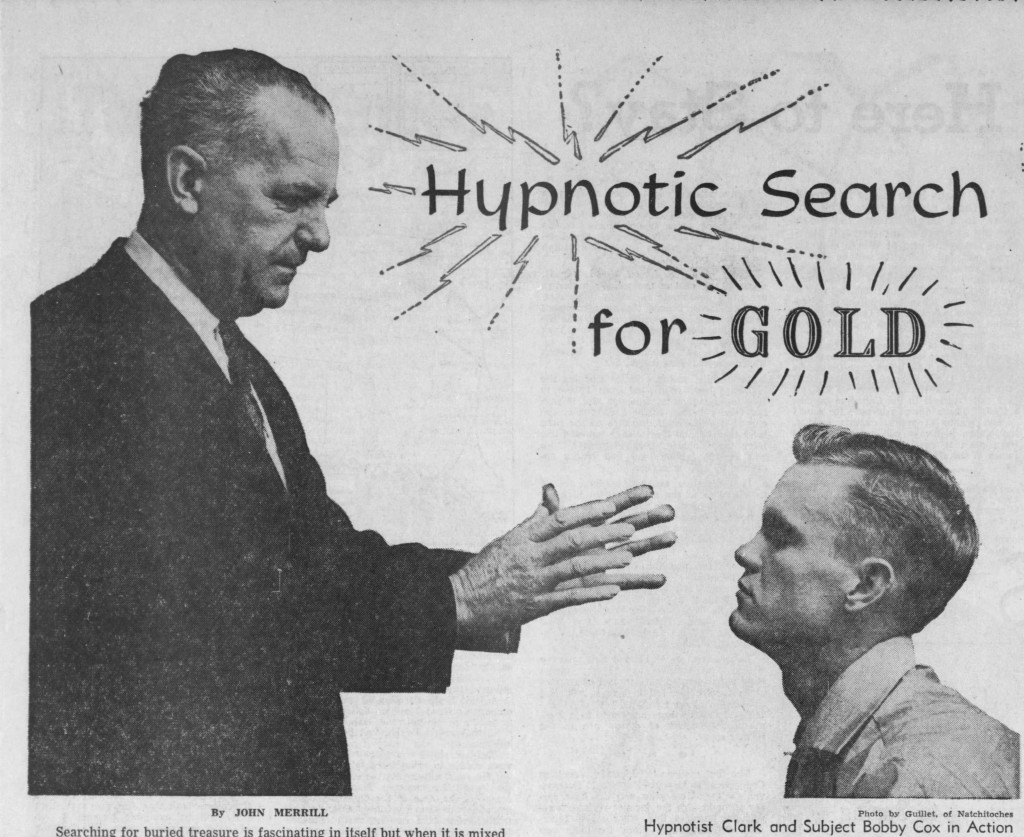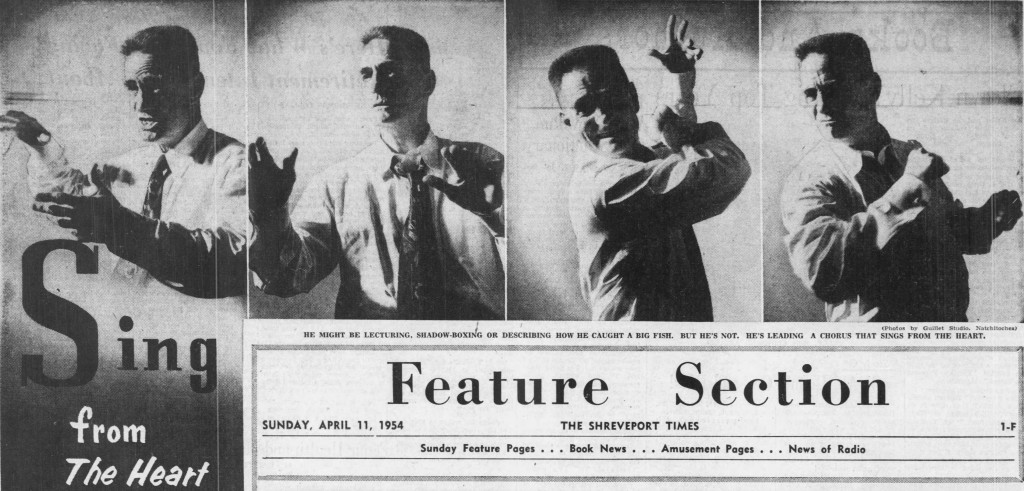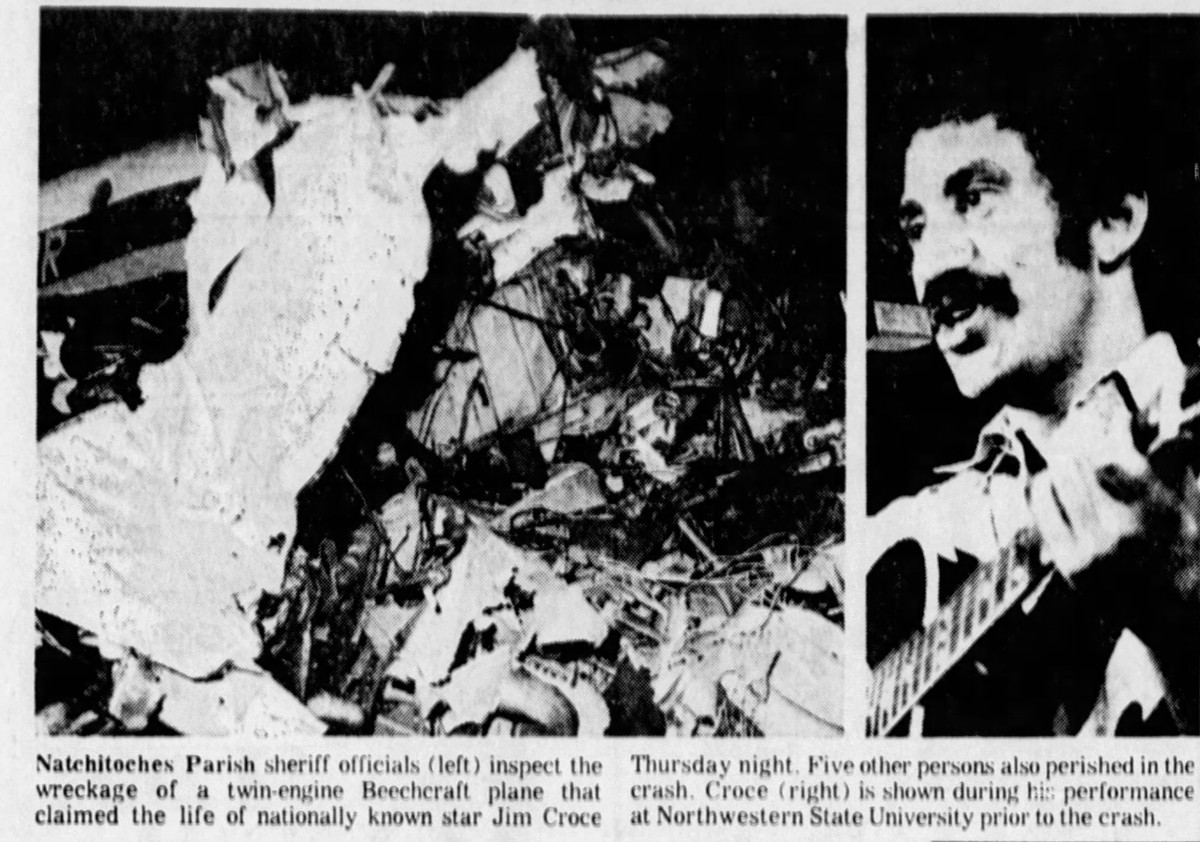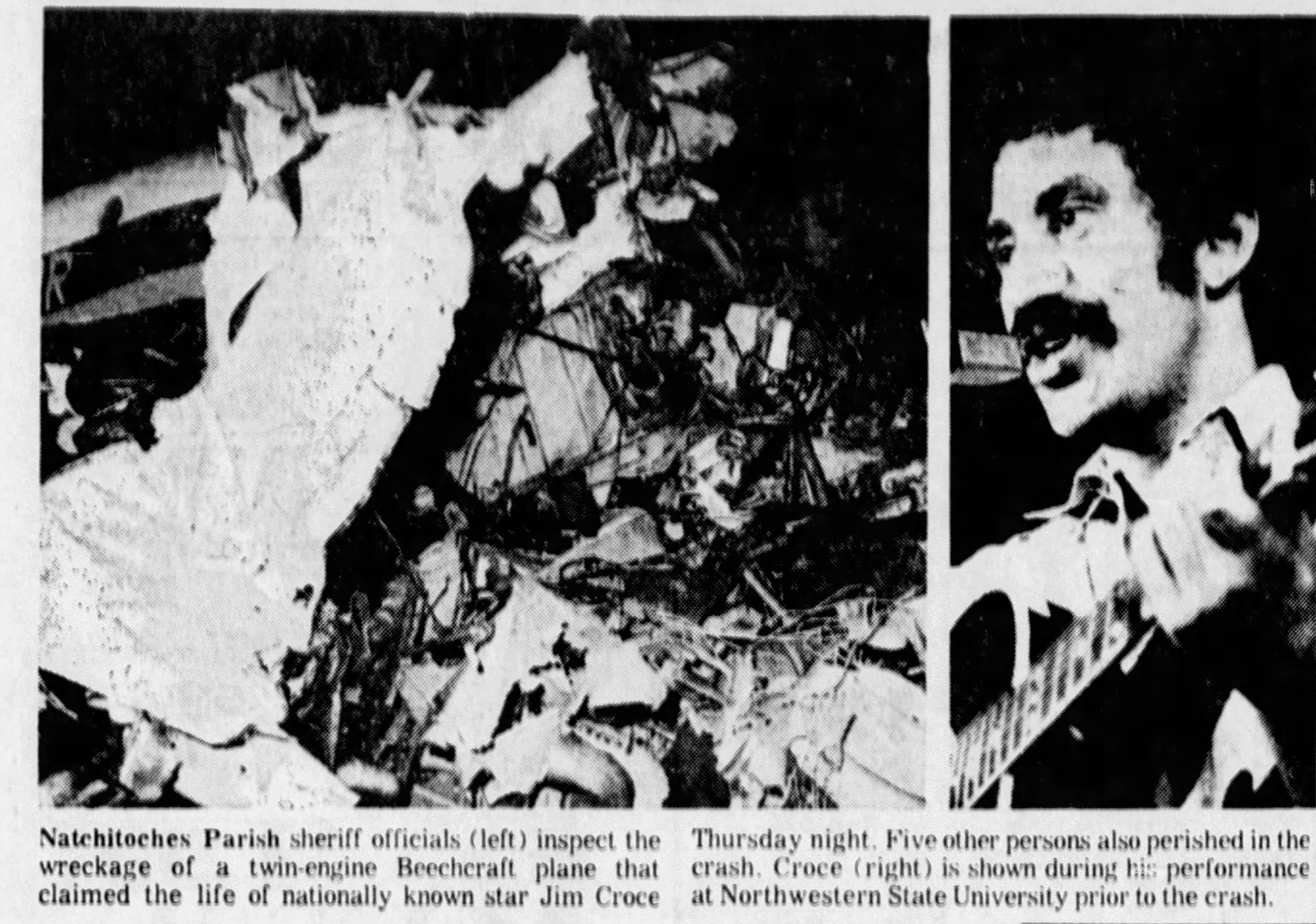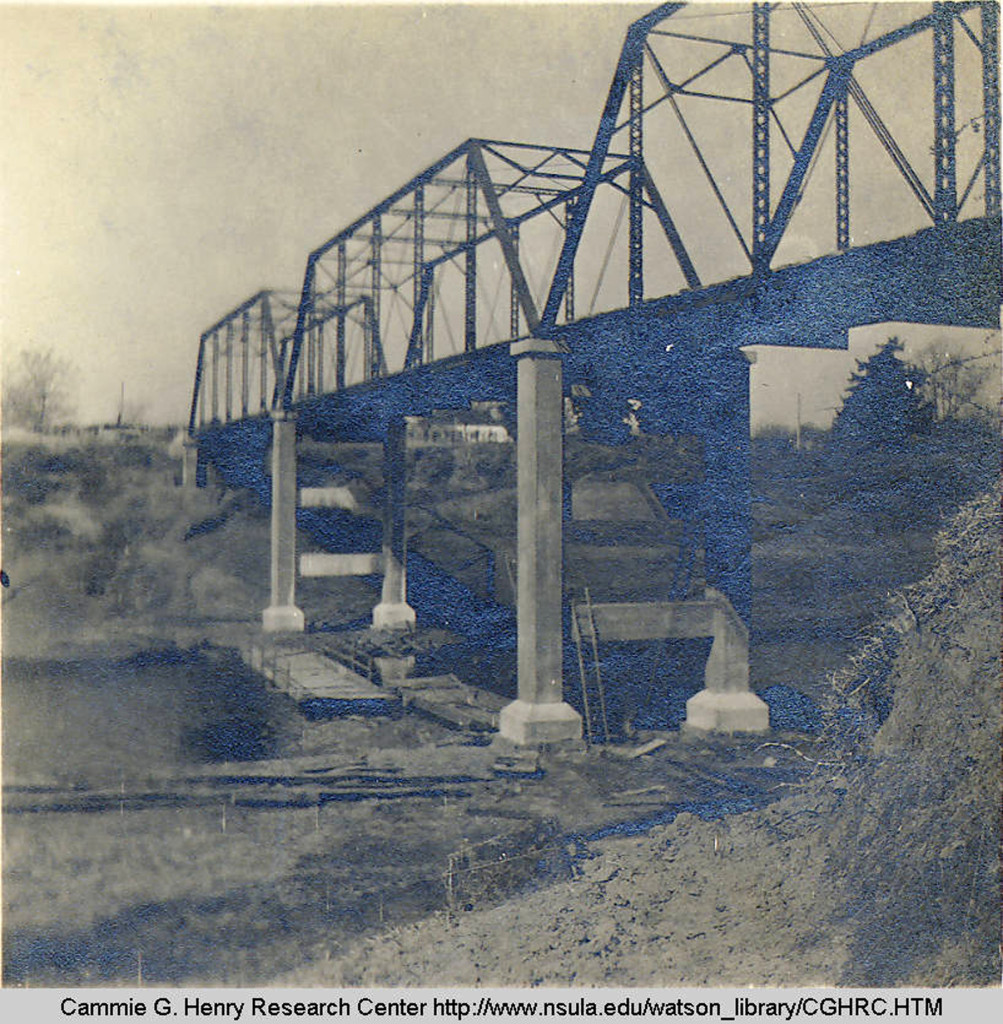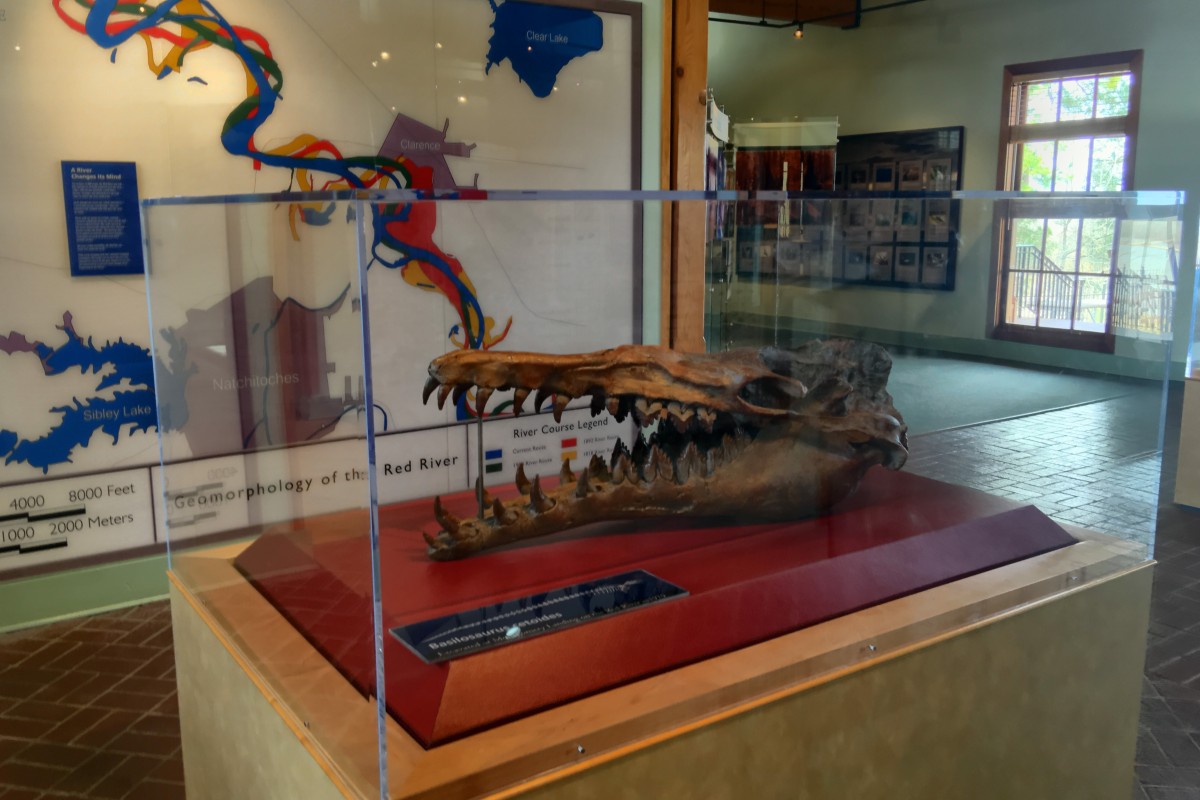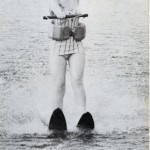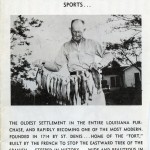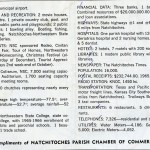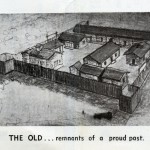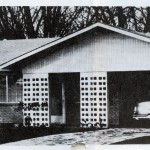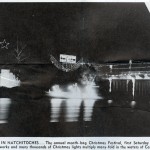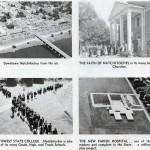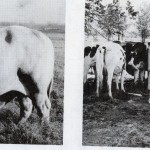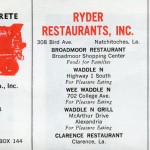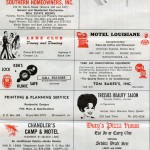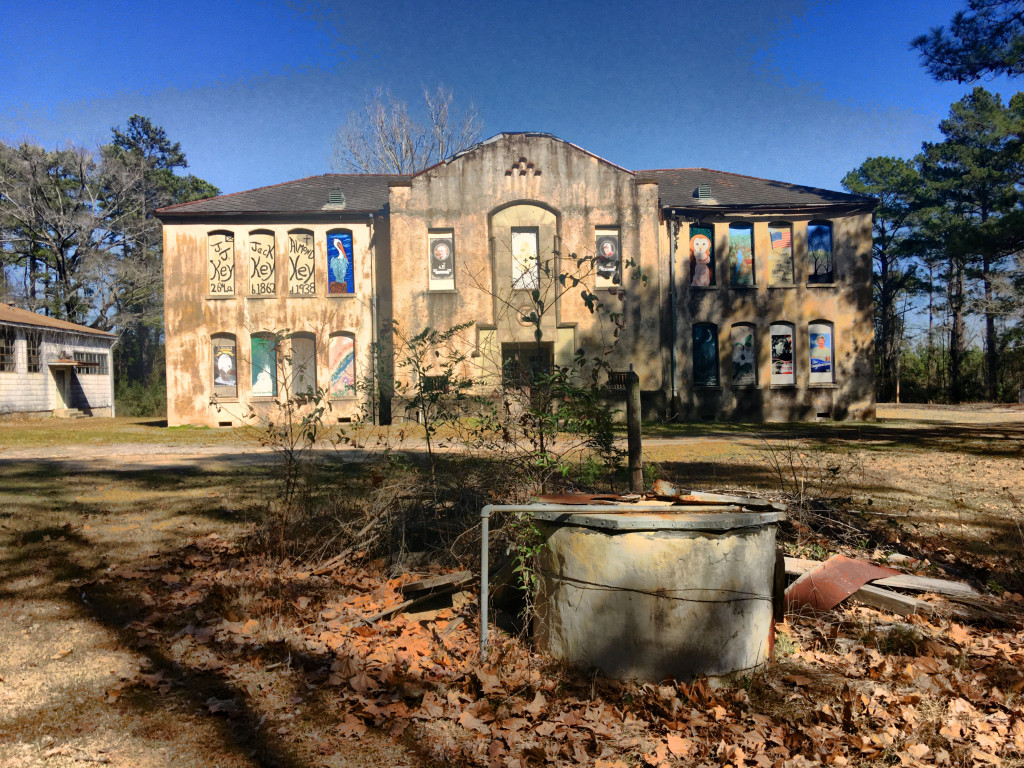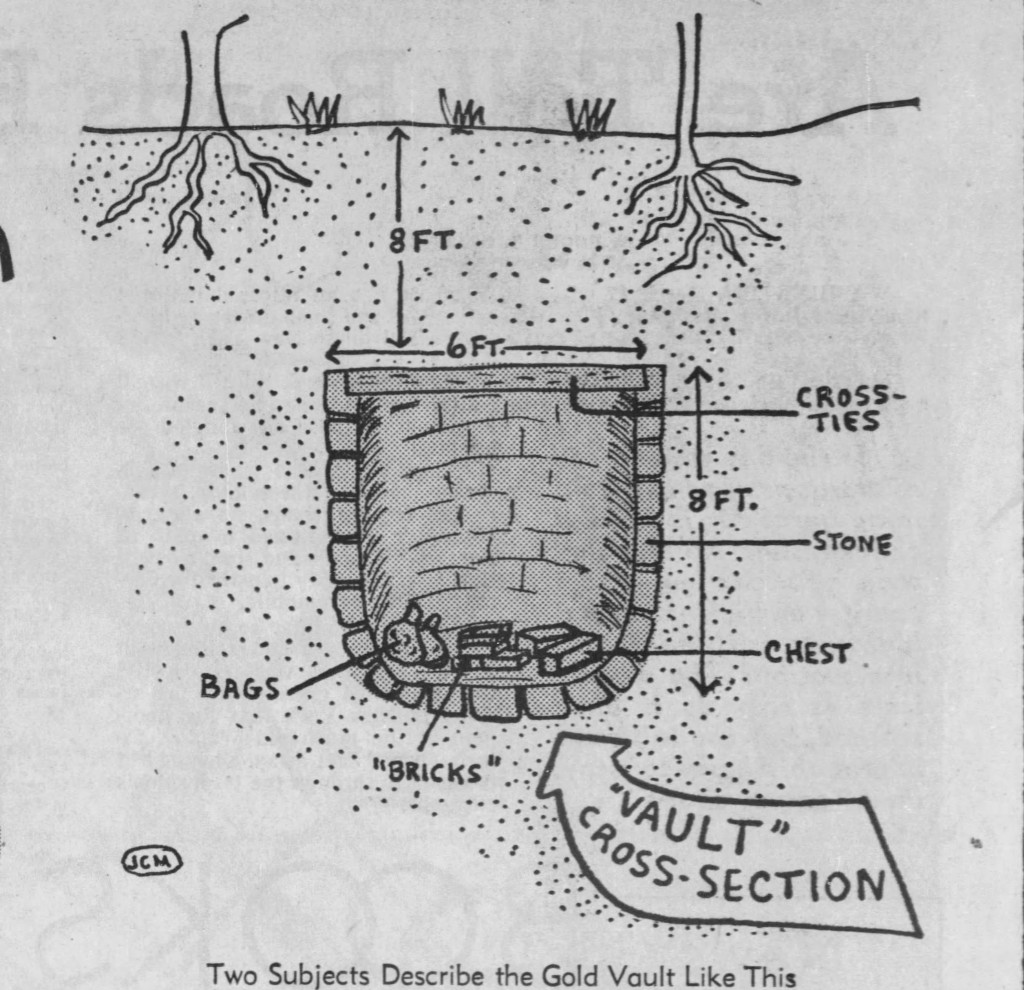
This article was referred to us by an All Things Sabine reader, who said he recalled a hypnotist helping search for some buried treasure of John Murrell and his clan of bandits who roamed the today areas of Natchitoches, Sabine and Vernon parishes back in the 19th century. Murrell was a notorious thief who it has been long believed that had buried or otherwise hidden much of his contraband in rural Natchitoches, Sabine and Vernon parishes.
The article was published in The Shreveport Times, entitled, “Hypnotic search for gold,” written by John Merrill, and dated March 18, 1956. It follows:
Searching for buried treasure is fascinating in itself but when it is mixed with hypnotism, it’s almost more than one can stand.
Down at Natchitoches where the “treasure bug” has been biting folks for decades, the search is on again, but a new method is being used: hypnotic projection.
Several months ago a Natchitoches hypnotist, Vallery Clark, decided he would tie his hypnotism into the search for buried loot, which has long been reputed to be hidden beneath the earth in the “treasure area” near Grand Ecore.
Clark had been extremely interested in what he terms “projection” during the past few years, and he would use this as a means of “locating” the buried treasure. So with two subjects, who had been working with him in other experiments, he began what is probably one of the most fantastic treasure hunts ever conducted.
“I don’t pretend to know how this subconscious mental projection works,” states Clark, “but I do know that it does work and I feel certain that treasure or anything else can be found through its use.”
Briefly, here is the way this “projection” operates when geared to the treasure search: the subject is put into a trance, whereupon he is told to “go” to the treasure site. Then he is told to “go” beneath the ground in the general area, find the treasure cache, and describe what he sees.
When I first heard of Clark’s “search” for the treasure, I went to him for the story and this is how the strange tale unfolded:
“After deciding to try to find the treasure,” Clark recalled. “I knew my projection experiments would fit nicely into the plan. I got in touch with Bobby Cox (18-year-old Natchitoches high school student) who had been helping me with some other experiments and with ‘John Doe’ (this is not the real name of the other subject, atruck driver who asked that is real name not be used). Then we got down to work. First I put John into a trance and told him he was out near Grand Ecore standing over the treasure. Then I told him to go down beneath the ground and look around at about four or five feet.
“He said he couldn’t see anything. I told him to go to about eight feet. There he said he saw a stone vault and described it as looking similar to a ‘cistern’ about 6 feet across the top and about 6 to 8 feet high. He said there were railroad cross-ties across the top.
“I told him to remove a timber from the top and go in. He said he couldn’t because his hands slipped right through the timber. Then I told him to go down and remove a stone from the side. His hands slipped through the stones too. Then I simply told him he was inside. and asked him what he saw. He replied that he couldn’t see anything—that it was too dark.
• • •
“I told him he had a light and could see. and then he described what he saw: piles of what looked like bricks covered with a fungus-like growth, a box or chest and two leather bags—one black and white and one reddish brown and white.
“He said one contained gold coins. When I asked him what was in the chest, he replied ‘many things’ but would not say just what. He refused to go to the other end of the vault, saying something was there that might harm him: he felt ‘uneasy’.
“He broke out in a sweat and began shivering at this point so I brought him out of the trance.
“All this time Bobby (the other subject) had been outside. I brought him in and performed the same experiment with him. He told virtually the same story except that he insisted there were two chests in the vault.
“The next day John, Bobby and I went out to the place near Grand Ecore that had been found by the boys under hypnosis. Using an auger, we drilled down and hit timber at about eight feet and we hit it over an area of about 10 square feet. We have no doubts but that we found a cache containing a tremendous amount of treasure, and hope to get permission soon from the owner of the land allowing us to dig it up. We definitely want to do it legally. We don’t want to try to slip it out even if we thought we could.”
• • •
Here Hypnotist Clark stopped his story. I asked him to tell me where the vault was located. He told me very specifically (not so specifically, however, that I would he able to find it) but said that it was not for publication since he didn’t want people out there digging all over the place.
It was certainly a fantastic story, to say the least, and since I was a skeptic, I wanted further information. So we found people who would swear to such amazing things as Clark’s success through hypnosis at seeing a certain picture and story that would be on the front page of The Shreveport Times the following morning, the visualization of what was going on in a certain restaurant at a certain time although the experimentation was being carried on several blocks away. I told Clark I would like to see one of the boys (Doe or Cox) who had seen the vault while under hypnosis. We could not find Doe, but found young Cox at home. He corroborated the whole story I had heard. Cox agreed to undergo the experiment again, right there in his living room with his father and mother and myself looking on. Clark put him in a trance and here is what happened:
• • •
Clark: I’m going to project you out to where the treasure is buried. You’ve been there before. You know where it is. Look around under the ground at about eight feet. Is our vault still there?
Bobby: I can’t get down.
Clark: What seems to be stopping you? Try again. Go on down . . . down . . . Are you down there now?
Bobby: (nods)
Clark: Tell us what you see.
Bobby: Box.. .
Clark: What’s in the box?
Bobby: I don’t know . . . it’s locked.
Clark: You have X-ray eyes. Look through the top. What’s in it?
Bobby: All kinds of stuff.
Clark: Well. describe it.
Bobby: I can’t . . . too much . . . too many things. .
Clark: Tell us what else you see down there.
Bobby: Bags . . just like they were before.
Clark: What else?
Bobby: Bricks.
Clark asked Bobby what else he saw, and Bobby insisted he saw another box in the vault too, which was just like the other one. He also described little cones of dirt on the floor of the vault. When asked to go to the other end of the vault, he broke out in sweat and frowned and shivered. He just shook his head. Then Clark brought him out of the trance, to my relief and I’m sure to his mother’s relief, for she had been watching him intently and nervously.
• • •
Before bringing Bobby out of the trance, Clark told him that he would remember exactly what he had seen. When Bobby was “back with us,” he said he had a very hard time getting down under the ground, describing the sensation as “like somebody was pulling me back although I wanted to go down there.”
I asked Bobby to draw me a rough sketch of the vault, which he did. The sketch contained the objects he had “seen.”
What was at the other end of the vault that had so obviously frightened Bobby? He didn’t know. but described it like this: “It felt like when you are fixing to walk into a dark alley and you get that kind of weak feeling . . . you can’t really describe this feeling of fear.”
• • •
So there it was. I had heard the fantastic story twice and had heard it again from Bobby Cox while he was in a trance. I had sat some five feet away and watched this respected Young man in his community “go under” and describe this strange vault. I still don’t know what to think about it. However, I have a promise from Hynotist Clark that when they get ready to dig up the vault that I will be notified.
I’m not from Missouri, but I’ve got to see it before I believe it.

